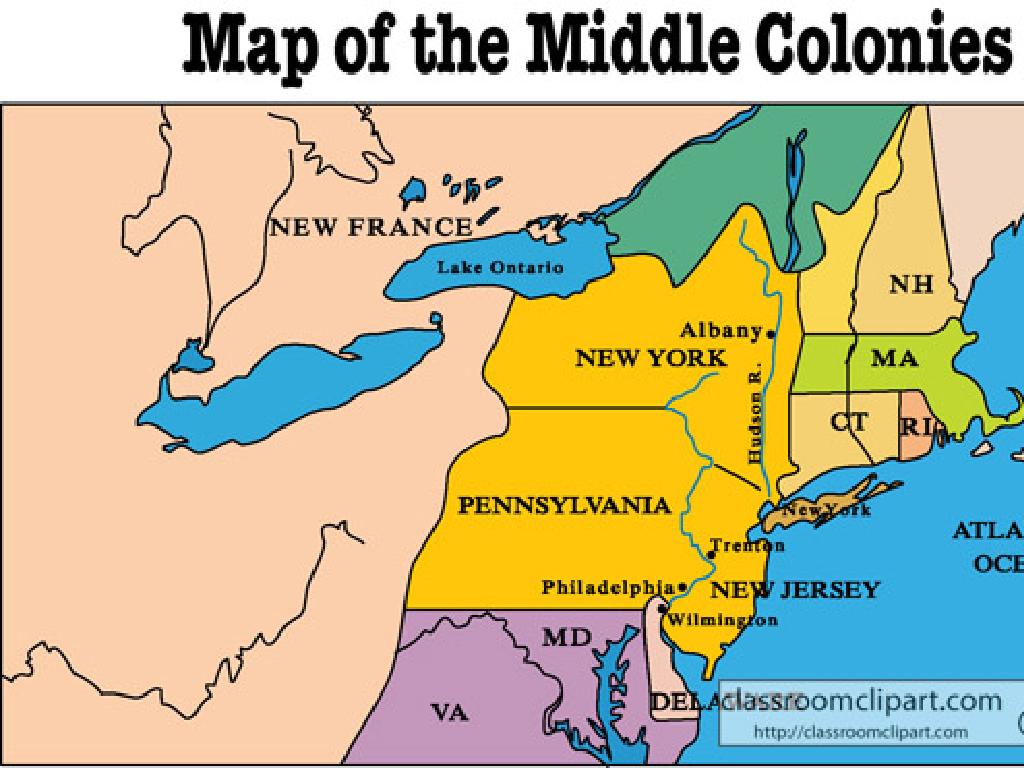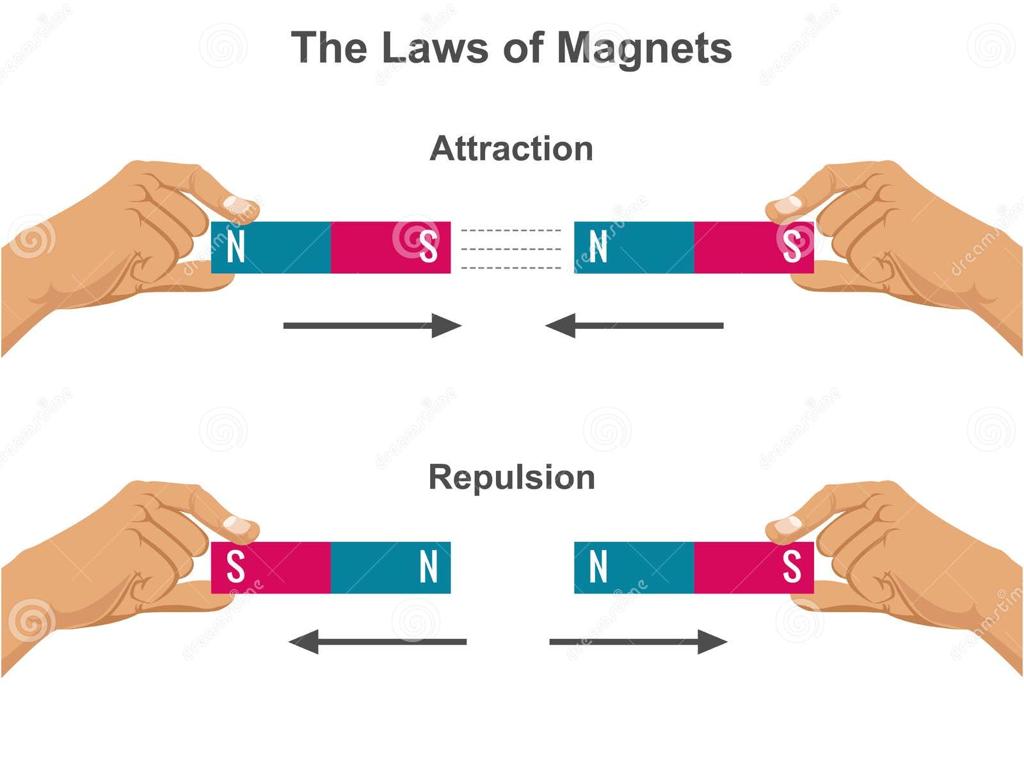Explore Air Masses
Subject: Science
Grade: Sixth grade
Topic: Weather And Climate
Please LOG IN to download the presentation. Access is available to registered users only.
View More Content
Exploring Air Masses
– Our atmosphere: a weather maker
– Weather vs. Climate: What’s the difference?
– Weather is day-to-day, climate is long term patterns
– Air masses: large bodies of air
– Defined by temperature and humidity, originating over land or water
– Characteristics of different air masses
– For example, maritime tropical (mT) air masses are warm and humid
|
Today’s lesson will introduce students to the concept of air masses and their role in weather and climate. Begin by discussing the atmosphere as the Earth’s protective layer that also plays a key role in weather formation. Clarify the difference between weather and climate, with weather being the short-term state of the atmosphere and climate being the average weather over a long period. Introduce air masses as huge sections of the atmosphere with uniform temperature and humidity characteristics, which form depending on their source region. Discuss the different types of air masses, such as maritime tropical or continental polar, and how they affect the weather we experience. Encourage students to think about the types of air masses that might affect their local weather.
Exploring Weather and Climate
– Understanding Weather
– Differentiating Weather and Climate
– Weather is day-to-day state; climate is the average over time.
– Influences on Weather
– Temperature, air pressure, and humidity are key factors.
– Significance of Weather Studies
– Knowing weather patterns helps in planning and safety.
|
This slide introduces students to the basic concepts of weather and climate, setting the stage for a deeper dive into air masses. Begin by defining weather as the day-to-day atmospheric conditions, including temperature, precipitation, and wind. Contrast this with climate, which is the average of these conditions over a longer period. Discuss the factors that influence weather, such as temperature, air pressure, humidity, and the movement of air masses. Emphasize the importance of studying weather, as it affects our daily lives, agriculture, and safety. Encourage students to think about how the weather influences their own activities and why it’s important to understand weather patterns.
Exploring Air Masses
– What is an air mass?
– A large body of air with uniform temperature and humidity
– Characteristics of air masses
– They can be warm or cold, moist or dry, depending on their source region
– Air masses’ impact on weather
– They can bring storms, heatwaves, or cold spells, altering local weather patterns
|
An air mass is a large volume of air in the atmosphere that is mostly uniform in temperature and humidity. The characteristics of an air mass depend largely on the surface over which it forms, known as the ‘source region.’ Air masses are classified by their temperature and humidity, such as continental (dry) or maritime (moist), and polar (cold) or tropical (warm). When air masses move and interact with different environments, they can affect the weather significantly, causing various weather conditions like storms, heatwaves, or cold spells. Understanding air masses helps meteorologists predict weather patterns and prepare for weather changes. Encourage students to think about the weather they experience and consider what type of air mass might be influencing it.
Exploring Types of Air Masses
– Tropical vs. Polar Air Masses
– Tropical are warm, Polar are cold
– Maritime vs. Continental Air Masses
– Maritime are moist, Continental are dry
– Global Air Mass Examples
– Sahara: hot, dry continental; Amazon: warm, moist maritime
|
This slide introduces students to the concept of air masses and their classifications. Air masses are large bodies of air with uniform temperature and humidity characteristics. Tropical air masses form near the equator and are typically warm, while polar air masses form in high-latitude regions and are cold. Maritime air masses form over oceans and are moist, whereas continental air masses form over land and are dry. Provide examples like the Sahara Desert air mass, which is hot and dry (continental), and the Amazon Basin air mass, which is warm and moist (maritime). Encourage students to think about the climate and weather patterns in these regions and how they relate to the types of air masses present.
Air Masses and Fronts
– Understanding a weather front
– A front is a boundary separating two air masses of different temperatures.
– Formation of fronts between air masses
– Fronts form when two distinct air masses meet and do not mix.
– Weather patterns and different fronts
– Cold fronts can bring thunderstorms, while warm fronts may bring gentle rain.
– Impact on local weather conditions
|
This slide introduces the concept of air masses and fronts, which are crucial in understanding weather patterns. A front is essentially the boundary where two different air masses meet but do not mix immediately. The differences in temperature, humidity, and pressure between these air masses can lead to the formation of various types of weather fronts, such as cold fronts, warm fronts, stationary fronts, and occluded fronts. Each type of front is associated with specific weather conditions, for example, cold fronts often lead to quick changes in weather, bringing cooler temperatures and possibly thunderstorms, while warm fronts are typically associated with gradual weather changes like light rain or drizzle. It’s important for students to grasp how these atmospheric phenomena can affect local weather conditions. Encourage students to observe weather reports and identify fronts and the associated weather patterns.
Observing Air Masses
– Symbols for air masses
– Learn symbols like ‘mT’ for maritime Tropical
– How to read a weather map
– Identify symbols, fronts, pressure systems
– Predict weather with air masses
– Use air mass traits to forecast weather
– Practice with real maps
|
This slide introduces students to the concept of air masses and their symbols, which are essential for reading weather maps. Students will learn the common symbols used to identify different types of air masses, such as ‘mT’ for maritime Tropical, which is warm and moist, and ‘cP’ for continental Polar, which is cold and dry. Understanding these symbols will enable students to interpret weather maps, which depict fronts and pressure systems. They will also learn how to use information about air masses to predict weather patterns. Encourage students to practice by looking at real weather maps and making their own weather predictions. This will help them connect the theoretical knowledge with practical application.
Air Masses in Our Lives
– Examples of air mass effects
– Heat waves, cold fronts, or storms can be effects of different air masses.
– Preparing for weather changes
– Check forecasts, dress appropriately, and plan activities considering the weather.
– Discuss local weather patterns
– Observe how weather changes over weeks and relate to air masses.
– Understanding air mass influences
– Learn how air masses contribute to local climate conditions and weather events.
|
This slide aims to make students aware of the practical implications of air masses on daily life. Real-life examples include the impact of air masses on temperature, precipitation, and storm occurrences. Emphasize the importance of being prepared for weather changes by staying informed through weather forecasts, dressing in layers, or planning indoor activities during extreme weather. Encourage students to observe and discuss how local weather patterns might be influenced by the movement of air masses. This will help them connect the theoretical knowledge of air masses with their real-world observations and experiences, fostering a deeper understanding of meteorology and climate science.
Class Activity: Weather Map Analysis
– Identify air masses on the map
– Label each air mass correctly
– Predict regional weather patterns
– Use the characteristics of air masses to forecast weather conditions
– Discuss predictions with the class
– Share your thoughts on how air masses influence local weather
|
This class activity is designed to help students apply their knowledge of air masses to real-world scenarios. Provide students with weather maps that include various air masses but without labels. Their task is to identify these air masses based on their characteristics such as temperature and humidity. Once identified, students should label each air mass on the map. Next, they will use this information to predict the weather for different regions on the map. Encourage them to consider factors like the movement of air masses and fronts. After making their predictions, students will discuss their reasoning with the class. This activity will enhance their understanding of how air masses affect weather patterns and improve their analytical skills. Possible activities include working in groups to analyze different maps, presenting their findings to the class, or writing a short report on their predictions.
Conclusion: Air Masses and Weather
– Recap on air masses
– Large bodies of air with uniform temperature and humidity
– Air masses’ impact on weather
– They shape our climate by bringing distinctive weather patterns
– Engage in Q&A session
– Reflect on what we’ve learned
– Think about how different air masses affect your local weather
|
As we wrap up today’s lesson, let’s review the key concepts about air masses. Remember, air masses are huge bodies of air that have consistent temperature and humidity characteristics. They play a crucial role in determining our weather by moving and interacting with other air masses and geographic features. For instance, when a warm air mass meets a cold one, it can lead to the formation of a front, which often brings precipitation. Now, let’s open the floor for any questions you might have. This is your opportunity to clarify any doubts and solidify your understanding. After the Q&A, take a moment to reflect on how the air masses we’ve discussed can influence the weather you experience in your own community.






